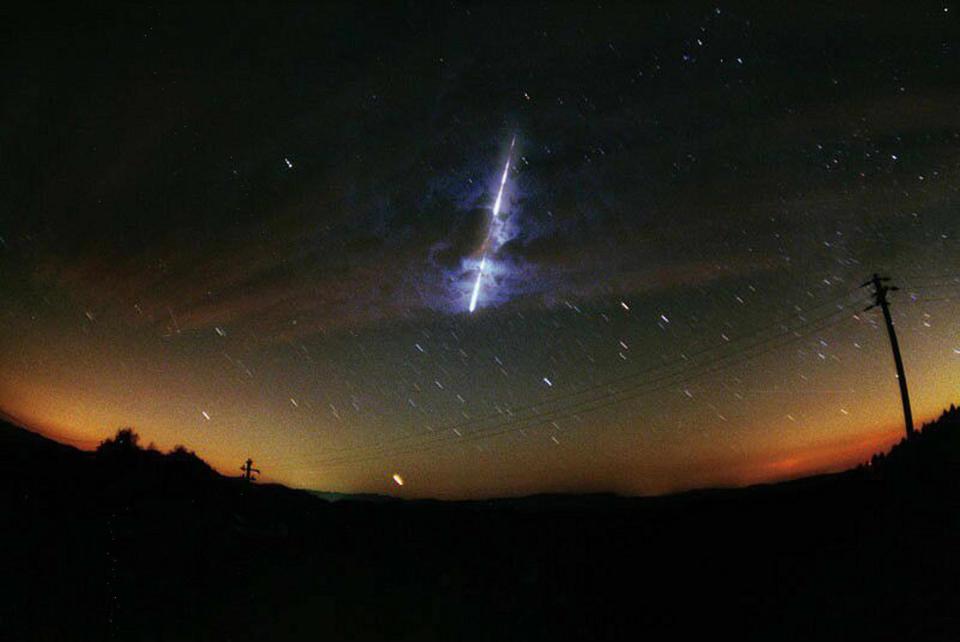A mid-November treat: Catch the Leonid meteor shower Monday night
Shooting stars will make an appearance in the night sky late Monday night and early Tuesday morning Nov. 16-17, with the peak of the Leonid meteor shower, an annual mid-November treat.
The Leonids appear to be coming from the constellation Leo the Lion (hence their name) in the east, but they should be visible all the way across the sky.
Some of the greatest meteor showers ever seen have been the Leonids. Some years, they've been a full-fledged meteor "storm". The 1833 Leonid meteor storm included rates as high as an amazing 100,000 meteors per hour, Earthsky.org said.
"That famous shower had a major effect on the development of the scientific study of meteors," EarthSky's Bruce McClure said. "It’s one reason the Leonids are so famous."

This year, NASA meteor expert Bill Cooke said that skywatchers can expect to see about 10 to 15 meteors per hour during the peak.
According to Space.com, viewers this year will see more Leonid meteors than in 2019, because the thin, crescent moon will be only 5% illuminated during the night of the peak. The less the moon is illuminated, the better the chance to see the meteors.
The meteors are actually leftover comet dust. They're tiny pea- and sand-sized bits of dust and debris crumbling off the Tempel-Tuttle comet as it swings by the Earth. (Earth’s orbit takes it straight through the debris trail.) The dust and debris ignite when it hits our atmosphere.
Did you see it? Northeast residents saw a fiery meteor streak across the sky Sunday
As with most meteor showers, the best time to watch the Leonids is usually between the hours of midnight and dawn.
Some meteor-viewing tips from EarthSky: "Find a dark sky away from pesky artificial lights, enjoy the comfort of a reclining lawn chair and sleeping bag, and enjoy watching the swift-moving and often bright Leonid meteor shower. The new moon on Nov.15 guarantees a dark sky."
This article originally appeared on USA TODAY: Meteor shower November 2020: Leonids to appear Nov. 16-17

